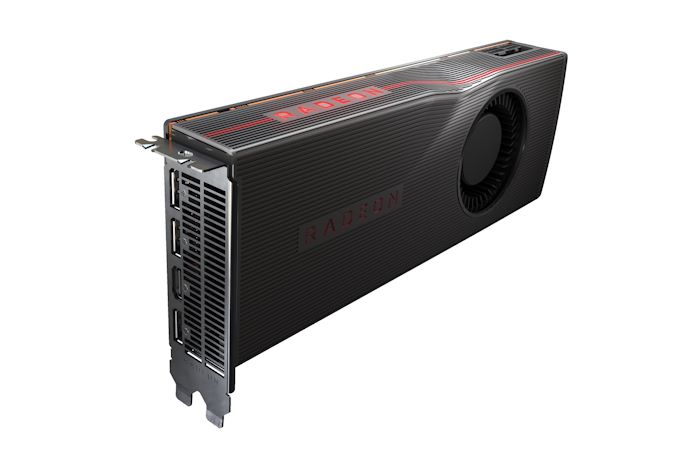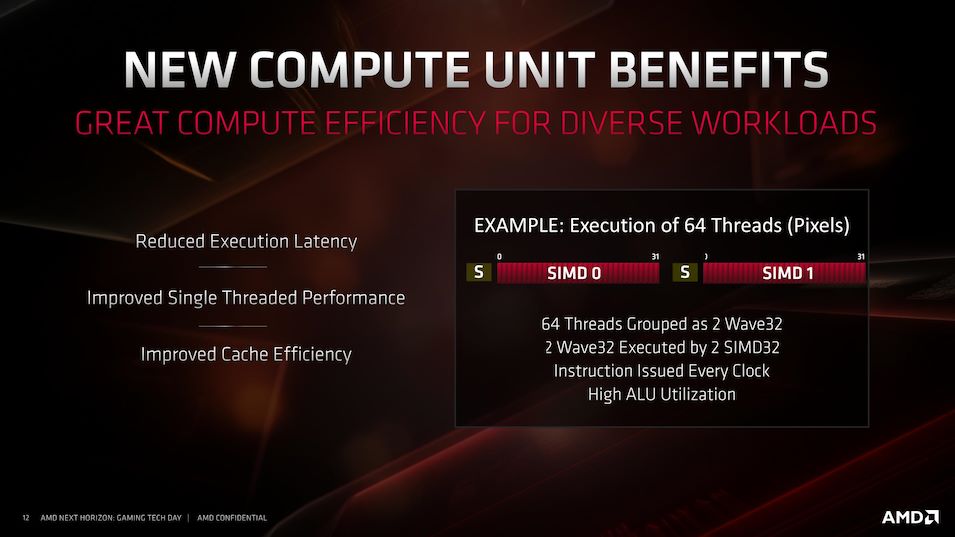Phoronix: RadeonSI Gallium3D Driver Adds Navi Wave32 Support
One of the new features to the RDNA architecture with Navi is support for single cycle issue Wave32 execution on SIMD32. Up to now the RadeonSI code was using just Wave64 but now there is support in this AMD open-source Linux OpenGL driver for Wave32...
One of the new features to the RDNA architecture with Navi is support for single cycle issue Wave32 execution on SIMD32. Up to now the RadeonSI code was using just Wave64 but now there is support in this AMD open-source Linux OpenGL driver for Wave32...




Comment